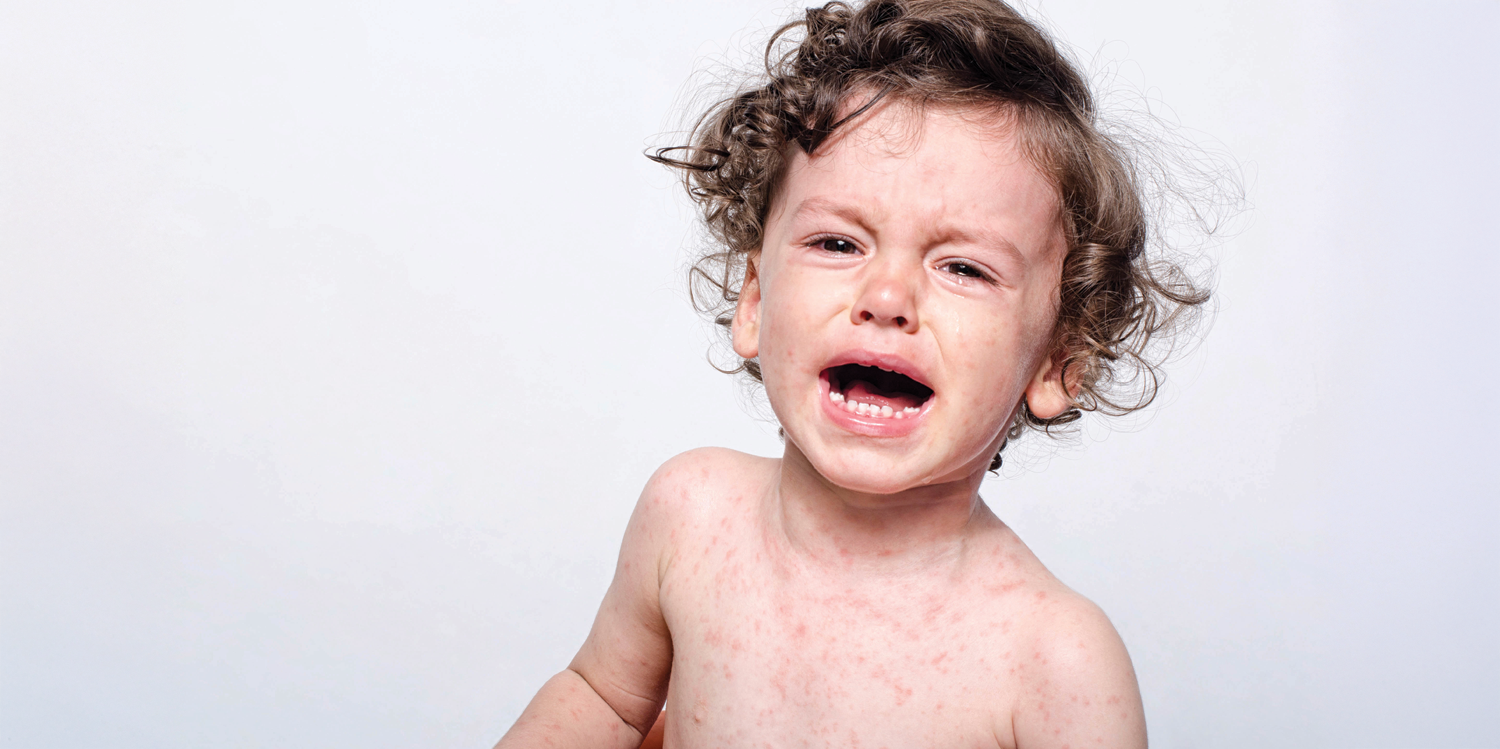Health professionals in Western Australia are urged to be alert to potential cases of measles within the community following an outbreak of the disease.
At least 12 cases of measles have been recorded in WA since 19 March, with 10 of them connected to a local cluster.
A number of hospitals and medical centres are among the locations listed as exposure sites, including Bunbury Regional Hospital and Fiona Stanley Hospital.
General practices and emergency departments are advised to ask patients about recent travel when assessing acute illness and to ensure all staff have a high index of suspicion for measles in patients presenting with a febrile rash.
An alert issued on behalf of the Department of Health’s Acting Director of Communicable Disease Control Directorate Dr Jelena Maticevic urged those in such health settings to identify people with measles-compatible illness at reception or triage, provide a mask and isolate them immediately.
Health professionals should consider testing patients presenting with fever and rash for measles by doing a throat swab (or nasopharyngeal aspirate) PCR or a first catch urine PCR and checking immunity by sending serum samples for serology.
Those who come across suspected cases must immediately notify the local Public Health Unit by telephone, or if it is after hours they need to inform the Department of Health.
RELATED: Doctors urged to be alert for measles
The Department has advised that consultation rooms used in the assessment of patients with suspected measles should be left vacant for at least 30 minutes after the consultation.
GPs should also keep in mind that if their patients are planning overseas travel it is important to ensure they are up to date with all routine vaccinations and consider receiving additional travel vaccinations.
Recent data from the National Communicable Disease Surveillance Dashboard show only 89.6% of WA children aged under two were up to date with all of their scheduled vaccines, well below the national benchmark of 95%.
Vaccination rates for MMR were as low as 83% among one-year-olds in the Gascoyne region and 87% in some southern areas of the State.
RELATED: WA kids miss out on vaccinations
Measles typically develops about 10 days after being exposed to the virus, but this can vary from seven to 18 days.
It is highly infectious disease that can spread via airborne droplets to people close by.
If someone not already immune to measles visited an exposure location during the specified dates and times below, they are advised to monitor for symptoms between seven to 18 days after the visit.
Persons who have received two measles vaccinations and those born before 1966 are considered immune to measles.
The general public are urged to stay up to date with their vaccinations and those born after 1965 should make sure they have had two documented doses of a measles-containing vaccine at some stage in their life.
Free MMR vaccines are available to people susceptible to measles, even if they are not eligible for Medicare.
A full list of exposure locations can be found here.
Want more news, clinicals, features and guest columns delivered straight to you? Subscribe for free to WA’s only independent magazine for medical practitioners.
Want to submit an article? Email editor@mforum.com.au


